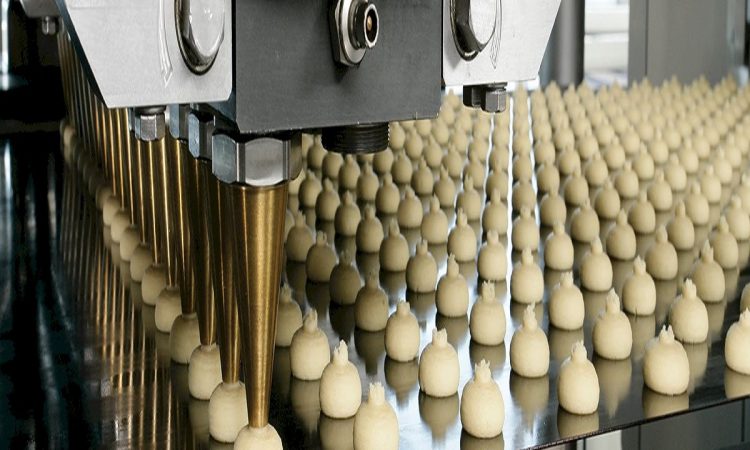
Dough extruder is a shaping activity wherein mass dough or potentially profoundly thick hitters are changed into single pieces that can be quickly heated on a consistent bread roll stove. Dough extruder is a cycle wherein dough material in mass is compelled to stream, under tension and shear, through a molded pass on (hole) and afterward slice to get a solitary piece of a result of wanted structure or measurements. It is essential to take note of the expression “dough extruder” in the pastry shop industry alludes to a virus interaction. The cold extruder is the shaping of dough materials at temperatures beneath 40°C.
The Working Process
This preparing idea contrasts from the “extruder cooking” innovation utilized in the nibble business and directed at temperatures over the edge of boiling over of water (212°F or 100°C) in which steam (water fume from item) is framed. For the creation of wire-cut treats, the dough is expelled, and a wire or edge mounted on a casing travels through the dough just underneath the kick the bucket outlet. The cut dough pieces are then dropped onto a transport band for transport to the stove. The quantity of strokes eventually decides the yield (units per min) of this kind of extruder design. Another cutting setup is known as the “bar-or defeat press.”
The Extract
Dissimilar to the wire-cut framework, a consistent lace of dough is expelled through the pass on, generally concentric and associated with a subsequent container containing filling to be infused inside the item. At that point, the dough strip is cut into singular pieces by a vertically working guillotine before the broiler or in the wake of heating. If the item is to be heated as a constant strip, the dough is expelled and stored straightforwardly onto the broiler band; else, it is expelled, cut, and kept onto a transport line associated with the stove.
Pressure Chamber
A few rollers power the dough into a “pressure chamber” that is found not long before the pass on. The rollers run consistently (at low revolution speed that can be privately changed) or irregularly to drive dough out of the pressing factor chamber at the kick the bucket. In different frameworks, a solitary or twin-screw feeder is utilized for dealing with various item rheology and consistency. A bite the dust, spout, or hole, work as the last framing component. Various breadths, shapes, arrangements (for example concentric) and development materials can be utilized, contingent upon the rheology and tenacity of the dough, item filling needs, and wanted type of the completed item.
Bronze screws for marine use are perfect for boating and dock projects. Their corrosion-resistant properties make them a reliable and long-lasting choice for saltwater environments.




